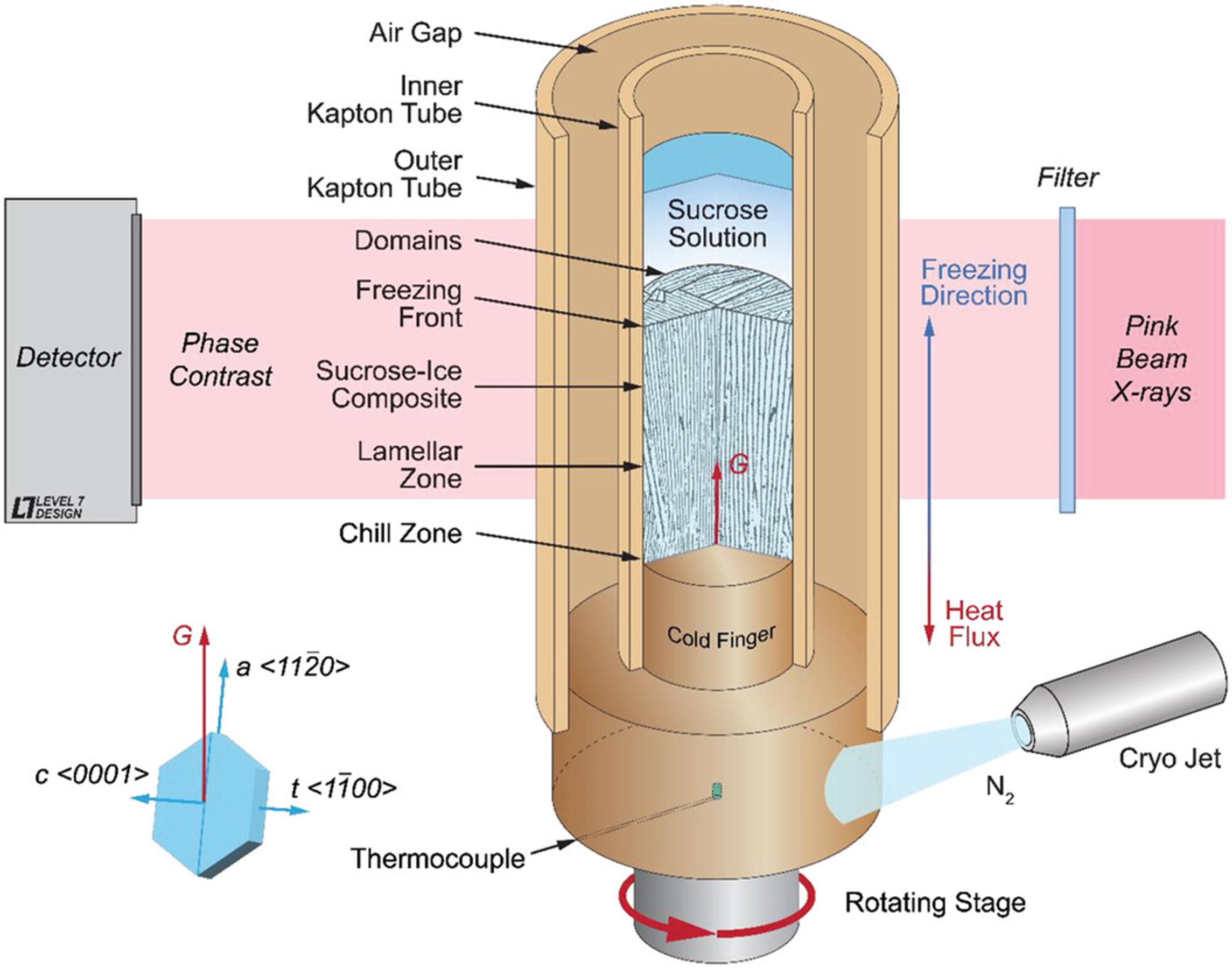2 min read
Dr. Amir H. Hirsa is a co-author in an article in Experiments in Fluids titled “Single-camera PTV within interfacially sheared drops in microgravity” published Sept. 4, 2023.
Significance
The subject of the paper is the use of post-processing for single-camera Particle Tracking Velocimetry (PTV). Particle tracking velocimetry algorithms are a class of numerical methods that determine the displacement of tracer particles in an image sequence to calculate velocity in time and space. Measurement of the velocity field is fundamental in understanding the behavior of flowing systems. This new method, which involved tracking native air bubbles as tracer particles, allowed 1085 particle measurements where none were previously possible. The analysis used ray-tracing and assumed that particles followed a path of constant radius across the surface of the sphere.
Abstract
Development of experimental methods for in situ PTV is fundamental for allowing measurement of moving systems non-tailored for velocimetry. This investigation focuses on the development of a post-processing methodology for single-camera PTV, without laser-sheet illumination, tracking native air bubbles as tracer particles within a liquid drop of human insulin in microgravity. Human insulin functioned as a sufficiently complex, non-Newtonian fluid system for testing fluid measurement methodology. The PTV scenario was facilitated by microgravity technology known as the ring-sheared drop (RSD), aboard the International Space Station, which produced an optical imaging scenario and fluid flow geometry suitable as a testbed for PTV research. The post-processing methodology performed included five steps: (i) physical system characterization and native air bubble tracer identification, (ii) image projection and single-camera calibration, (iii) depth determination and 3D particle position determination, (iv) ray tracing and refraction correction, and (v) particle history and data expansion for suboptimal particles. Overall, this post-processing methodology successfully allowed for a total of 1085 particle measurements in a scenario where none were previously possible. Such post-processing methodologies have promise for application to other in situ PTV scenarios allowing better understanding of physical systems whose flow is difficult to measure and/or where PTV-specific optical elements (such as laser light sheets and dual-camera setups) are not permissible due to physical or safety constraints.


